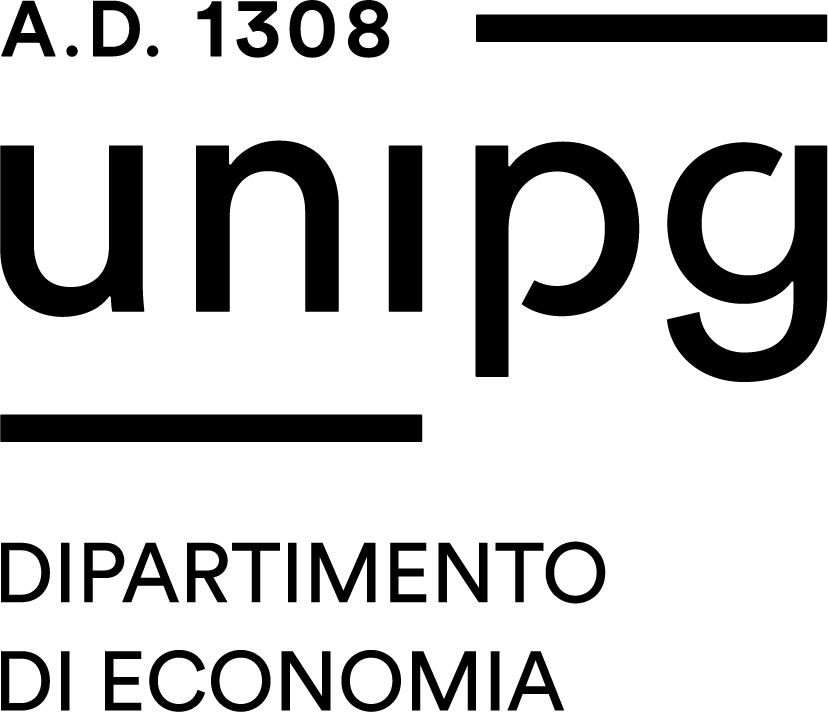Study-unit BUSINESS AND ECONOMIC STATISTICS
| Course name | Finance and quantitative methods for economics |
|---|---|
| Study-unit Code | A000206 |
| Curriculum | Data science for finance and insurance |
| Lecturer | David Aristei |
| Lecturers |
|
| Hours |
|
| CFU | 6 |
| Course Regulation | Coorte 2022 |
| Supplied | 2023/24 |
| Supplied other course regulation | |
| Learning activities | Caratterizzante |
| Area | Matematico, statistico, informatico |
| Sector | SECS-S/03 |
| Type of study-unit | Opzionale (Optional) |
| Type of learning activities | Attività formativa monodisciplinare |
| Language of instruction | English |
| Contents | The course is organized in four main parts: 1) Models with binary dependent variables 2) Multi-response models 3) Limited dependent variable models 4) Linear regression models for longitudinal data |
| Reference texts | Main textbook: Verbeek, M., A guide to Modern Econometrics, Fourth Edition, Wiley, 2012. Additional suggested textbooks: - Greene, W., Econometric Analysis, 7th Ed., Prentice Hall, 2012. - Wooldridge, J.M., Econometric Analysis of Cross Section and Panel Data, 2nd Ed. Mit Press, 2010. - Cameron, A.C. e Trivedi, P.K., Microeconometrics: Methods and Applications, Cambridge Press, 2005. Class slides and materials used during the laboratory sessions will be distributed through the UniStudium e-larning platoform |
| Educational objectives | This course will introduce students to the most relevant methods of advanced econometric analysis and to their use in estimating economic relationships with cross-sectional and panel data. Specific attention will be also devoted to on empirical applications. Every week there will be a computer laboratory session in which students will apply concepts learned during the theoretical lectures, using the econometric software STATA. |
| Prerequisites | This course requires knowledge of inferential statistics and multiple regression analysis, which should be gained during the first year of the second cycle degree course. |
| Teaching methods | Face-to-face lessons completed with practical laboratory activities |
| Other information | |
| Learning verification modality | Written examination |
| Extended program | 1) Models with binary dependent variables The linear probability model. Logit and probit models. Specification issues: binary choice model with heteroscedasticity Binary choice models with endogenous regressors 2) Multi-response models Ordered Response Models: ordered logit and ordered probit models. Multinomial models: the multinomial logit model. 3) Limited dependent variable models Censored and truncated dependent variables. Truncanted regression model The Standard Tobit model Extensions of the standard Tobit model: the Tobit II model Sample selection bias 4) Linear regression models for longitudinal data The static linear model. The fixed- effect model. The random-effects model. Specification tests. |
| Obiettivi Agenda 2030 per lo sviluppo sostenibile | 4, 8, 9, 12 |


